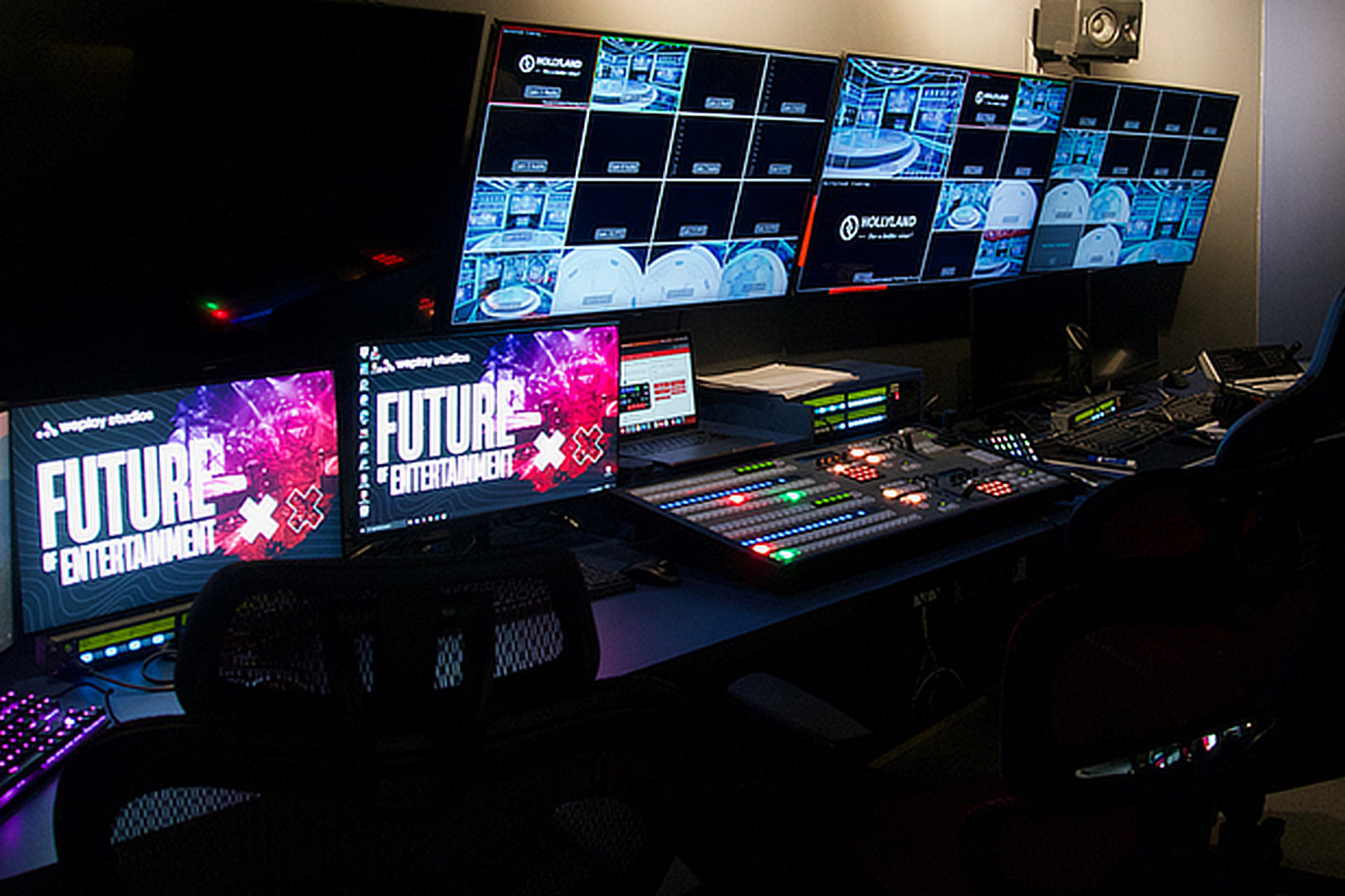Choosing the Optimal Pixel Pitch for Maximum LED Display Performance
Choosing the Optimal Pixel Pitch for Maximum LED Display Performance
Blog Article

When it comes to light-emitting diode walls, a key most factors to take into account is dot pitch. Pixel pitch refers to the space between the cores of two adjacent pixels on an light-emitting diode display. This metric is usually expressed in mm. Grasping pixel pitch is crucial because it directly affects the clarity and definition of the images displayed. A smaller pixel pitch means that the pixels are nearer together, resulting to a greater resolution, while a larger pixel pitch results in a diminished resolution. Thus, selecting the appropriate pixel pitch is essential for obtaining peak LED wall performance.
The choice of pixel pitch frequently depends on the sight distance. For example, if the LED wall is meant to be seen from a further away, a bigger pixel pitch may be suitable. This is because the human eye cannot easily distinguish individual pixels when they are farther away. On the contrary hand, if the wall will be viewed up close, a reduced pixel pitch is needed. In situations such as indoor events, where viewers are typically nearer to the screen, a smaller pixel pitch will provide a sharper and more distinct image. Therefore, understanding how sight distance affects pixel pitch is critical to making an informed decision.
Another crucial factor is the intended use of the light-emitting diode wall. Different applications, such as advertising, concerts, or conference presentations, may require varied pixel pitches. For example, an LED wall used for advertising in a shopping center may benefit from a pixel pitch that facilitates lively colors and high detail so that it grabs the focus of passing shoppers. Conversely, an external LED wall used at a concert may focus on brightness and visibility rather than resolution, permitting for a bigger pixel pitch. Therefore, the specific context in which an LED wall will be utilized is crucial for determining the appropriate pixel pitch.
Cost is also a major find this consideration when choosing pixel pitch. Generally, LED displays with reduced pixel pitches often to be more costly due to the increased density of pixels and the advanced technology required for production. Although it may be tempting to opt for a high-resolution display with a reduced pixel pitch, budget constraints often require a balance between quality and price. Organizations should evaluate their needs and decide how much they are willing to invest in an LED wall, ensuring that the pixel pitch matches with their budgetary capabilities while still meeting performance expectations.
Finally, it is essential to consider the maintenance and longevity of the LED wall when choosing pixel pitch. Displays with smaller pixel pitches can sometimes be more fragile and may need more careful handling and maintenance. Regular upkeep is required to ensure that the display functions effectively over time. Understanding the maintenance needs and potential issues associated with varied pixel pitches can assist organizations make a more knowledgeable decision. By taking into account all these elements, including sight distance, intended use, budget, and maintenance, individuals can select the ideal pixel pitch for peak LED wall functionality.